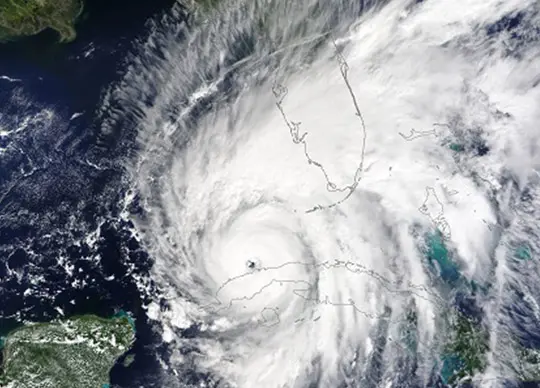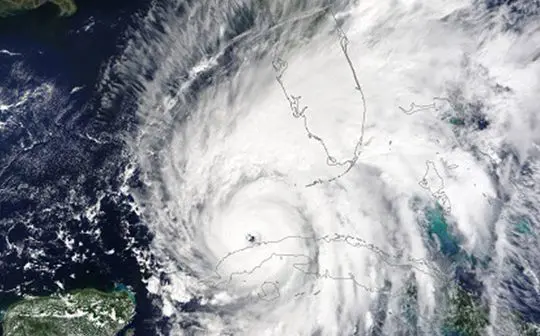
NASA and Rocket Lab are targeting 9 p.m. EDT, Sunday, April 30 (1 p.m. New Zealand Standard Time, Monday, May 1), to launch two storm tracking CubeSats into orbit.
The agency’s TROPICS (Time-Resolved Observations of Precipitation structure and storm Intensity with a Constellation of Smallsats) mission has a two hour launch window from Launch Complex 1 Pad B in Māhia, New Zealand.
Rocket Lab will provide live coverage beginning approximately 20 minutes before launch. Coverage will air on NASA Television, the NASA app, and the agency’s website, as well as the Rocket Lab website.
TROPICS is a constellation of four identical CubeSats designed to observe tropical cyclones from low Earth orbit, making observations more frequently than current weather tracking satellites. Both payloads, each carrying a pair of CubeSats, will launch on a Rocket Lab Electron rocket.
A second launch from Rocket Lab with two additional CubeSats is targeted for Monday, May 15 EDT (Tuesday, May 16 NZST), with exact launch times contingent on the date and time of the first launch.
TROPICS will study tropical cyclones as part of NASA’s Earth System Science Pathfinder Program and should increase understanding of the processes driving rapid changes in storm structure and integrity. NASA plans to have the CubeSats distributed evenly in two low Earth orbital planes about 340 miles (550 kilometers) above the Earth’s surface. TROPICS has the potential to provide roughly hourly observations of a storm’s precipitation, temperature, and humidity, compared to about every six hours with current satellites. Gathering data more frequently can help scientists improve weather forecasting models.
Full coverage of this mission is as follows (all times Eastern):
Friday, April 28
NASA and Rocket Lab will host a media teleconference at 4 p.m. for the TROPICS mission. Audio of the briefing will be livestreamed on NASA’s website.
The teleconference participants will include:
· Dr. Will McCarty, program scientist, NASA Earth Science Division
· Ben Kim, program executive, NASA Earth Science Division
· Dr. William Blackwell, TROPICS principal investigator, Massachusetts Institute of Technology (MIT)
· Bradley Smith, Director, Launch Services for NASA’s Space Operations Mission Directorate
· Peter Beck, Rocket Lab founder and CEO
Saturday, April 30
Approximately 8:40 p.m. – Live launch coverage begins
9 p.m. – Launch window opens
NASA website launch coverage
Follow countdown coverage on NASA’s launch blog for live updates beginning no earlier than 8 p.m. as the countdown milestones occur. On-demand streaming video and photos of the launch will be available shortly after liftoff on Rocket Lab’s website and Flickr.
Watch, engage on social media
Stay connected and receive mission updates by following and tagging these accounts:
Twitter: @NASA_LSP, @NASAEarth, @NASAKennedy, @NASA, @RocketLab
Facebook: NASA, NASA LSP, RocketLabUSA
Instagram: @NASA, @NASAEarth, @RocketLabUSA
The TROPICS team is led by Blackwell at MIT’s Lincoln Laboratory in Lexington, Massachusetts, and includes researchers from NASA, the National Oceanic and Atmospheric Administration, and several universities and commercial partners. NASA’s Launch Services Program, based at the agency’s Kennedy Space Center in Florida, is managing launch services.
For more information about NASA’s TROPICS, visit: https://go.nasa.gov/3h46pJp
Image: NASA’s TROPICS (Time-Resolved Observations of Precipitation structure and storm Intensity with a Constellation of Smallsats) is a mission to study tropical cyclones, such as Hurricane Ian, pictured here as captured by the MODIS instrument on NASA’s Terra on Sept. 27, 2022. Credits: NASA.





